PowerShell is a helpful program that can carry out various tasks in an automated fashion. Network and system administrators extensively use PowerShell to carry out essential activities successfully. However, if you've recently updated to Windows 11, it may be frustrating when the PowerShell window suddenly appears for no apparent reason. But when you don't know what's creating this problem, it is much more challenging to deal with.
In this article, we will investigate the PowerShell issue in depth, including its root cause and all potential solvable methods that may be put into action to resolve the problem.
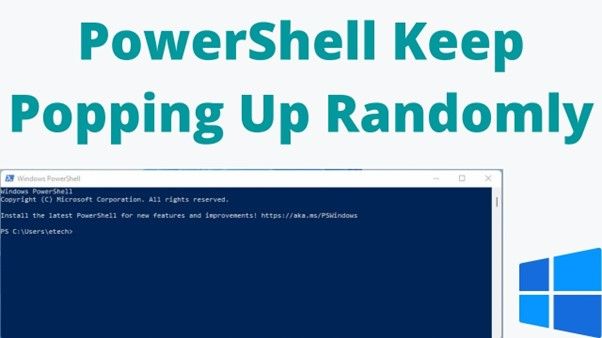
Why Does PowerShell Keep Popping Up
The PowerShell window may repeatedly appear during the machine's startup in certain circumstances. After a few minutes, your operating system could shut the PowerShell command prompt. On the other hand, it only causes discomfort for every startup. The term "popping up" is used relatively often in the field of computers.
In some instances, PowerShell is also affected by this problem. The command-line utility known as PowerShell also has a problem with Windows showing up when it first starts up. Below, we have listed two reasons why the Windows PowerShell Window Keeps Popping up:
1. PowerShell is set as a startup application
The first thing that comes to mind with PowerShell is that it is configured to run when the computer boots up. Because of this, the PowerShell prompt will open as soon as the operating system boots up.
2. Attack by malware
Computers and other electronic devices may get corrupted when infected by viruses. The appearance of a PowerShell window is another symptom that might be caused by malware. Preparing antivirus software like TotalAV is suggested.
 TOTALAV
TOTALAVTotalAV is an Award Winning Antivirus and Security Software. It Provides Real-Time Protection from Viruses, Malware & Online Threats.
Antivirus Protection Enabled
How to Stop Windows PowerShell from Popping Up
The popping-up problem is caused by an assault by malware or the user altering the settings. The following is an illustration of the many methods available to prevent the PowerShell Window from popping up:
Method 1: Disable PowerShell startup status from Task Manager
This problem might be caused by how a few parameters have been adjusted on your end. In the Task Manager, the PowerShell Startup status could have been set to enable, for instance.
The following is a rundown of the steps you need to do to turn off the PowerShell Startup status in Task Manager:
Step 1: Launch the Task Manager using Ctrl + Shift + Esc on your keyboard.
Step 2: Proceed to the tab labeled "Startup."
Step 3: Disable Windows PowerShell by right-clicking the option. Exit Task Manager and restart your computer or other electronic devices when finished.
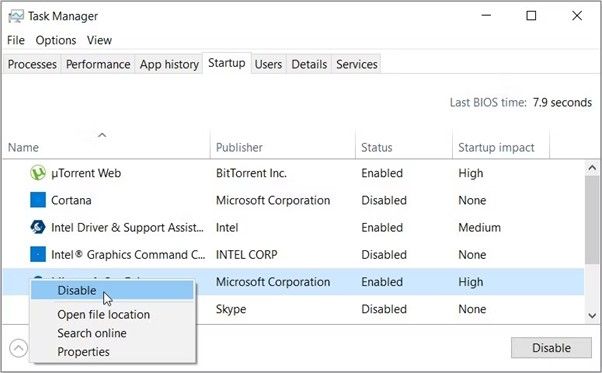
Method 2: Remove Windows PowerShell shortcuts from the startup folder
Whether this happens each time you boot up, check if PowerShell is set to launch automatically. To resolve this, delete PowerShell from your computer's starting applications. The steps are as follows.
Step 1: Open Task Management by pressing Ctrl + Shift + Esc.
Step 2: Choose PowerShell from the list, then click the toggle next to "Disabled" on the Startup tab.
Step 3: Don't add PowerShell to Windows' starting folder. To achieve this, click the Windows key + R shortcut to bring up the run. Window, then enter shell: startup and hit Enter.
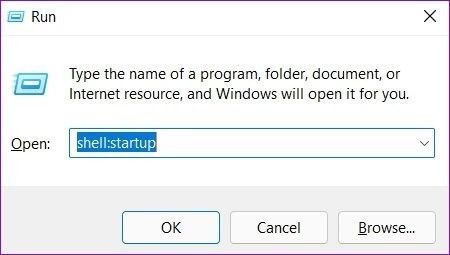
Step 4: In the subsequent pane, locate the PowerShell Shortcut Site and remove it if it exists.
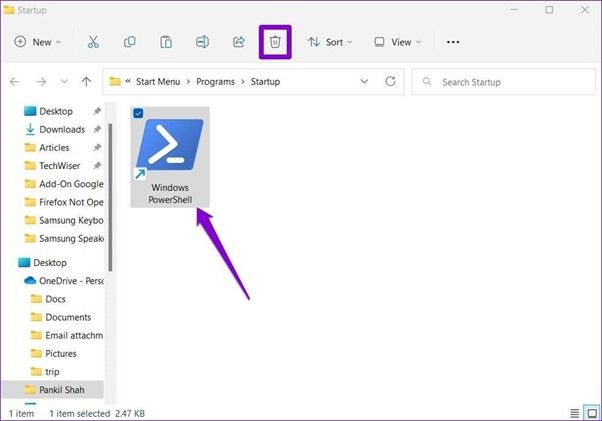
Method 3: Scan your computer with Malware Removal Tool
If your computer is infected with malware, you may notice that PowerShell keeps appearing on your screen whenever the infection attempts to execute a harmful script on your computer. To be sure, you may scan your computer using Windows Security or a third-party antivirus tool.
Method 4: Run System Maintenance Troubleshooting
Windows' System Maintenance Troubleshooter is a helpful tool for finding and fixing the underlying cause(s) of PowerShell's periodic reappearance. I'll show you how to put it to use in this article.
Step 1: Start Windows Search by clicking its icon on the Taskbar, then type "control panel" and hit Enter.
Step 2: Click Troubleshooting in the Control Panel window, and then change the view type to big or tiny icons if it isn't already.
Step 3: Choose Run maintenance activities from the System and Security menu.
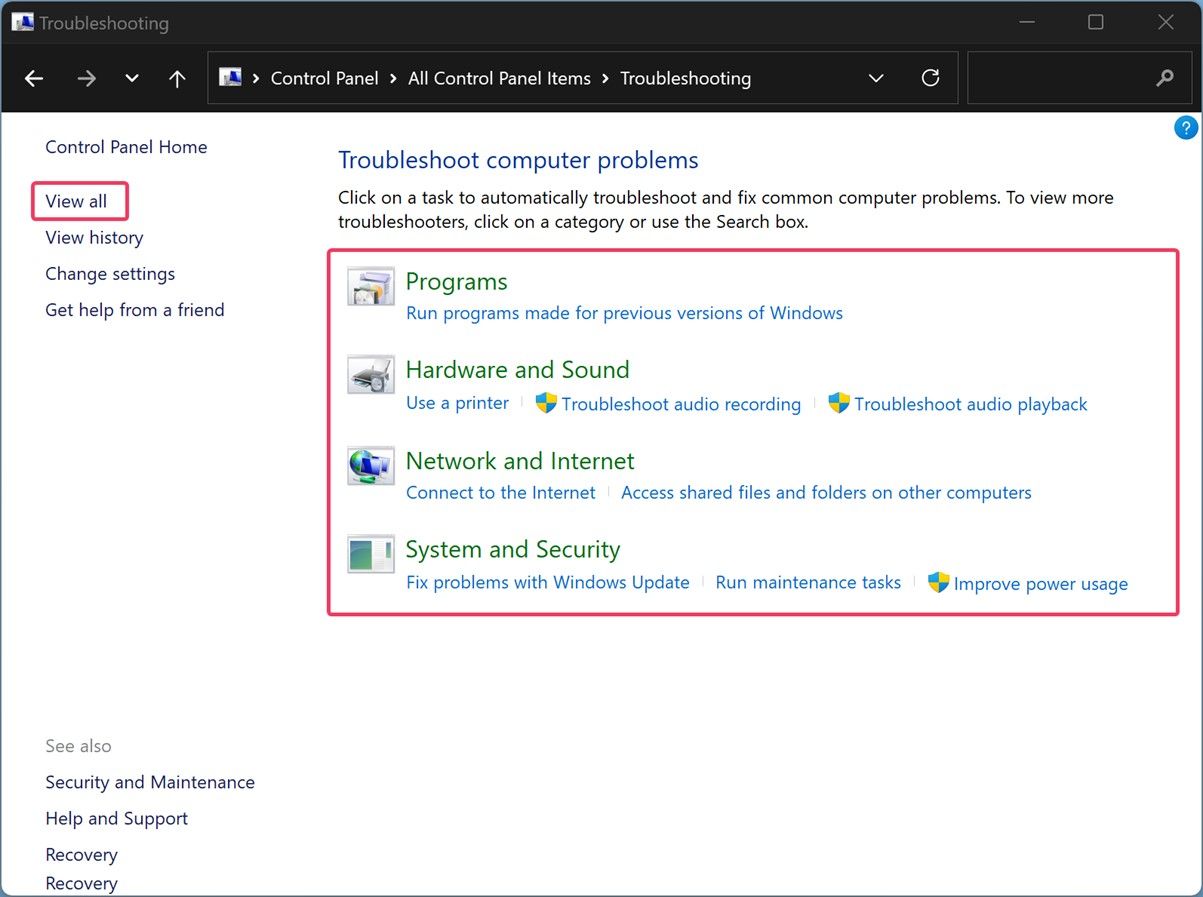
Note: After running the troubleshooter according to the on-screen directions, try restarting your computer to check whether the problem persists.
Method 5: Windows Update
A simple upgrade to Windows might very well be one of the most effective remedies to this issue. The most recent enhancements could eliminate the system issues producing this error. The greatest thing, however, is that in addition to fixing other system issues, this will also improve performance. So now, to upgrade your device, please follow these steps:
Step 1: Press the Win and I keys together to enter the System Settings menu.
Step 2: After clicking Update & Security, update Windows instead.
Step 3: Press the button labeled Check for updates on the right side of the screen, and then continue to follow the instructions on the screen.
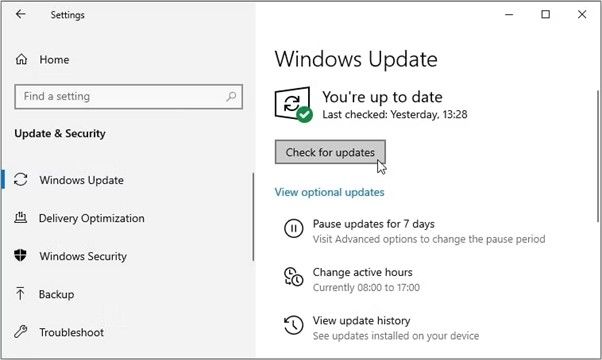
Method 6: Uninstall Windows PowerShell completely
Suppose none of the methods above successfully resolve the problem where PowerShell continues to launch during system startup. In that case, your only remaining choice is to remove the PowerShell app from your device.
Step 1: To uninstall PowerShell, use the Command Prompt in administrator mode.
Step 2: Copy and paste the command that is listed below into the command prompt, then hit the enter key on your keyboard.
"Dism /online /Disable-Feature /FeatureName:"MicrosoftWindowsPowerShellV2Root,".
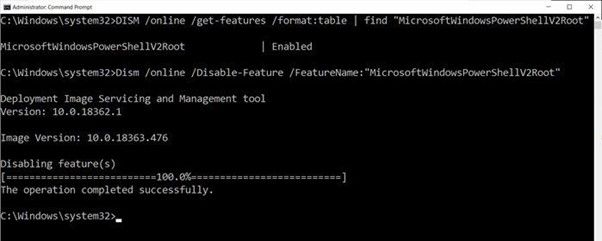
Step 3: Keep waiting until the instruction is finished. After that, you should restart your computer.
Conclusion
The issue of "PowerShell keeps appearing on Windows 11" may be resolved with simple fixes. Therefore, if PowerShell is frequently causing you frustration by launching on its own, you may eliminate the pop-up by using any of the alternatives above. Please let us know which of the methods was successful for you. You are welcome to offer any ideas or thoughts in the comments area.
Was This Page Helpful?
Daisy is the Senior editor of the writing team for EaseUS. She has been working at EaseUS for over ten years, starting as a technical writer and moving on to being a team leader of the content group. As a professional author for over ten years, she writes a lot to help people overcome their tech troubles.
Related Articles
-
How to Mount a Disk on Mac [Step-by-Step Tutorial in 2025]
![author icon]() Brithny/2025-07-04
Brithny/2025-07-04 -
How to Enable and Disable Airplane Mode on Windows
![author icon]() Daisy/2025-07-04
Daisy/2025-07-04 -
[Detailed Answer] Is Cloning A Hard Dive Safe & How to Clone
![author icon]() Cici/2025-07-08
Cici/2025-07-08 -
How to Fix Reset This PC Not Working on Windows 10/8/7
![author icon]() Jaden/2025-07-04
Jaden/2025-07-04
EaseUS Data Recovery Services
EaseUS data recovery experts have uneaqualed expertise to repair disks/systems and salvage data from all devices like RAID, HDD, SSD, USB, etc.